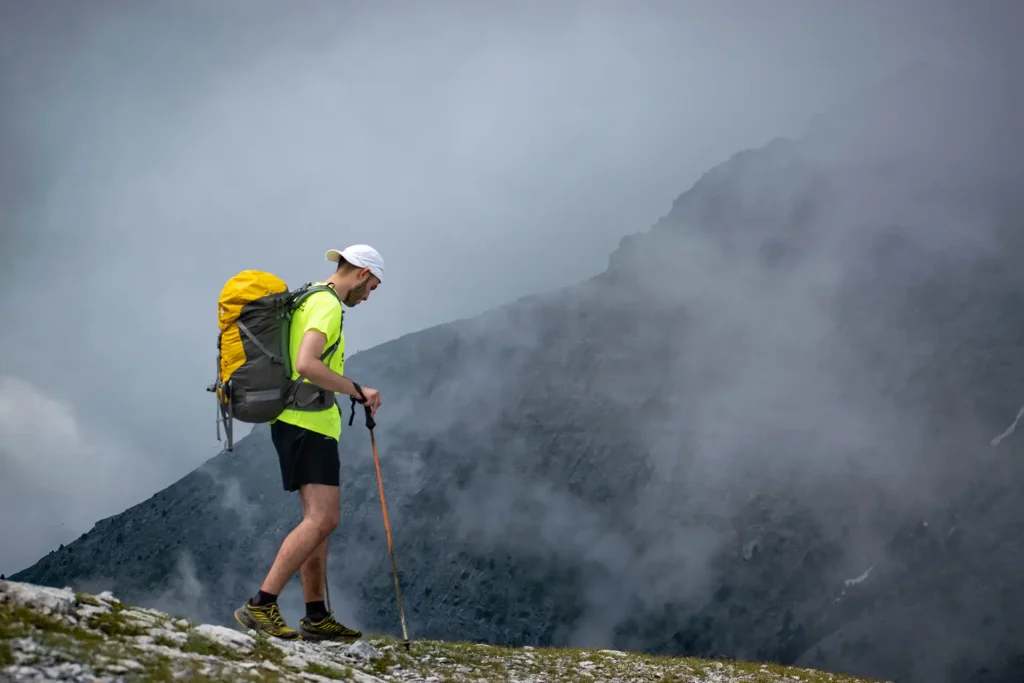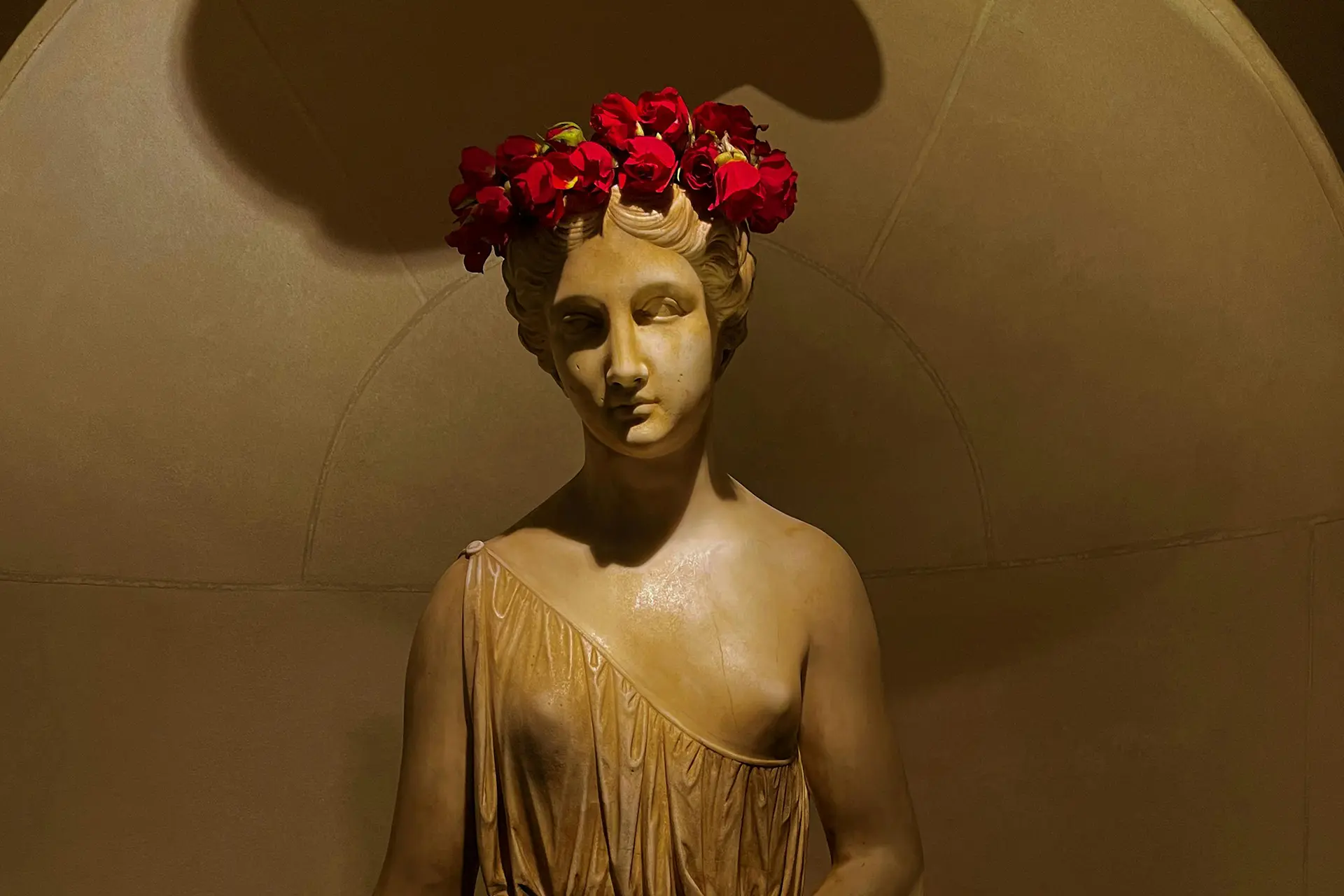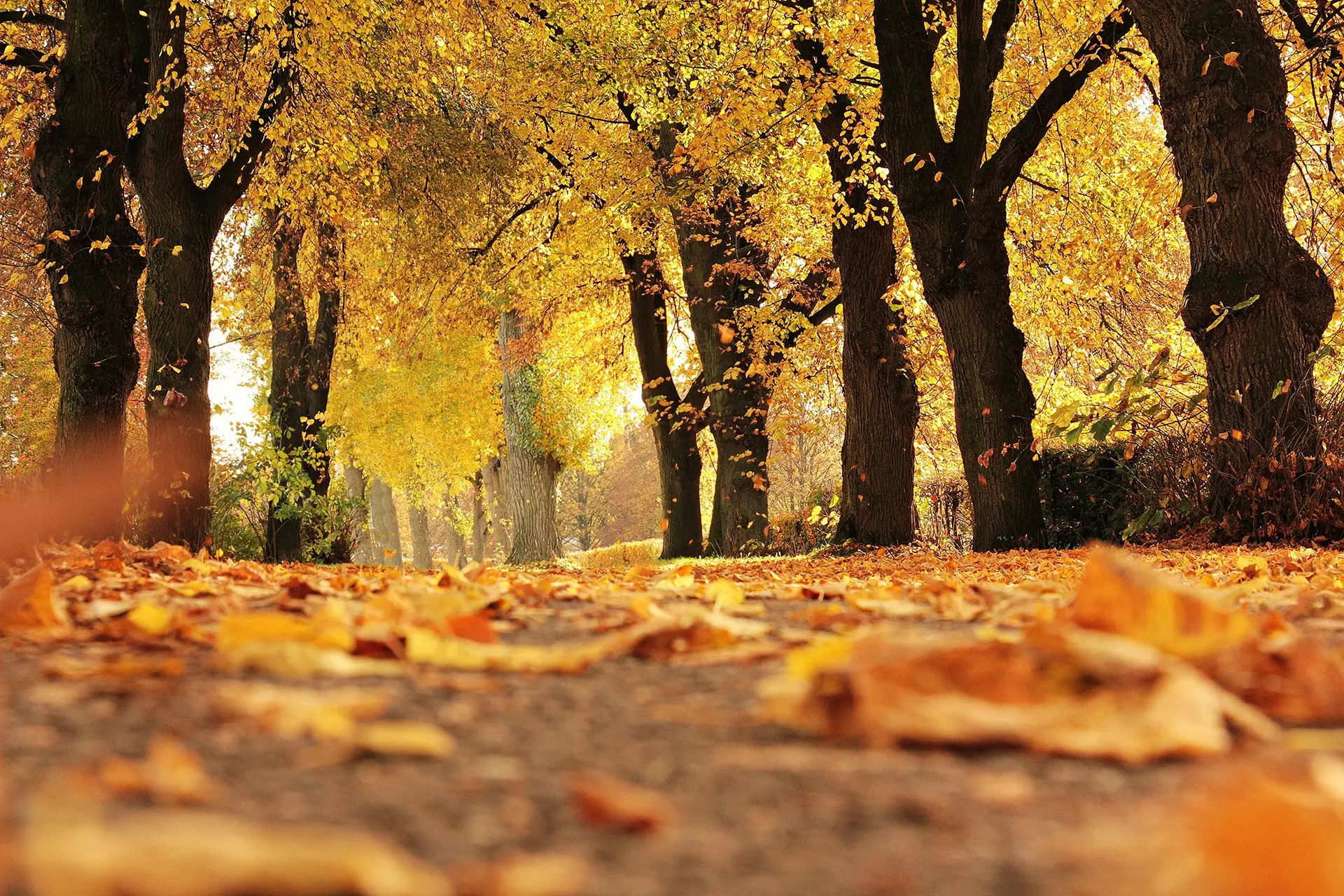The Archaeological Park of Dion
Scroll
About The Archaeological Park of Dion
The City of Zeus
The Archaeological Park of Dion blends the mythical wonders of ancient Greek civilization with the enchanting flora of Olympus. A visit to the ancient “City of Zeus,” allows the visitor to witness how ancient Greeks lived, prospered and worshipped their gods. Indeed, Dion was once the sacred site of the Kingdom of Macedonia. This ancient city was inhabited during the Hellenistic and Roman periods. Many Greek gods were worshiped in Dion, with the most notable one being Zeus, the king of all ancient Greek gods. Many other sanctuaries can be found on this sacred land, including those of Demeter and Isis. In addition to sanctuaries, this archaeological site of Mount Olympus features Macedonian tombs, theaters, stadiums, ancient statues, an ancient city and many more artifacts that have been discovered by archaeologists throughout the years.
This open-air museum is located at the foothill of Mount Olympus and approximately 15 km from Katerini. The archaeological park spans across 150 hectares, 50 of which belong to the surrounding urban area, 50 to the sanctuaries and the other 50 have yet to be explored. In addition to the archaeological park, the site of Dion also consists of a museum that houses artifacts of great importance that have been unearthed over the years.
Featured Activities
Book popular activities
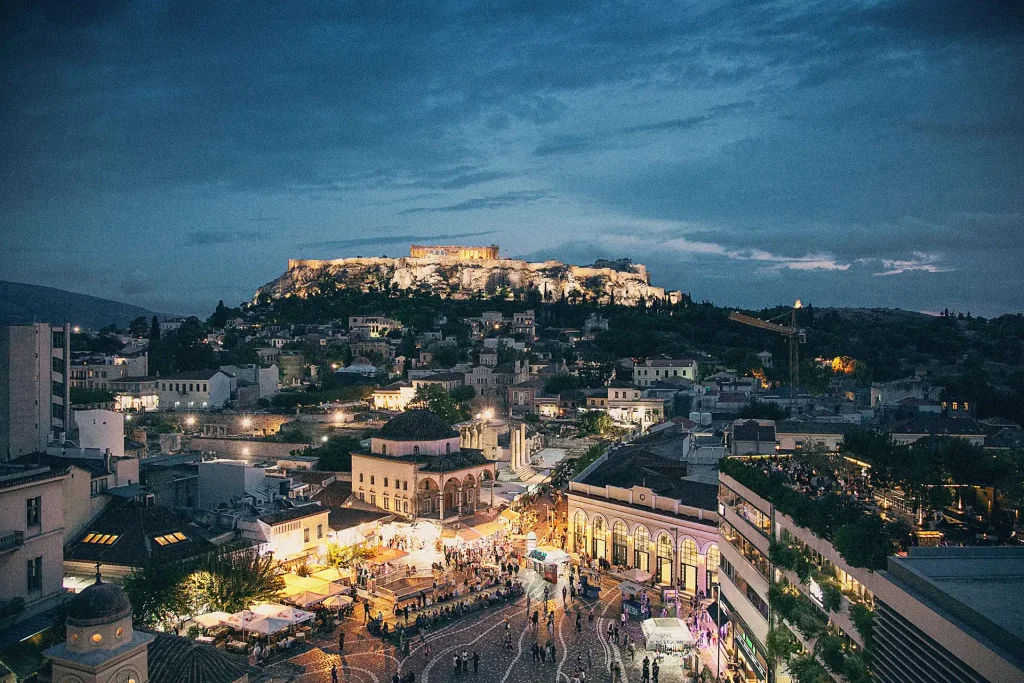
Mount Olympus And Dion Day Trip From Athens By Train
- From 160€
- Duration: 13 hours
- 4.7 (64)

Mount Olympus And Dion Day Trip From Thessaloniki By Train
- From 100€
- Duration: 9 hours
- 4.7 (64)

Mount Olympus and Dion Full Day Tour from Katerini
- From 68€
- Duration: 4 hours
- 4.7 (26)
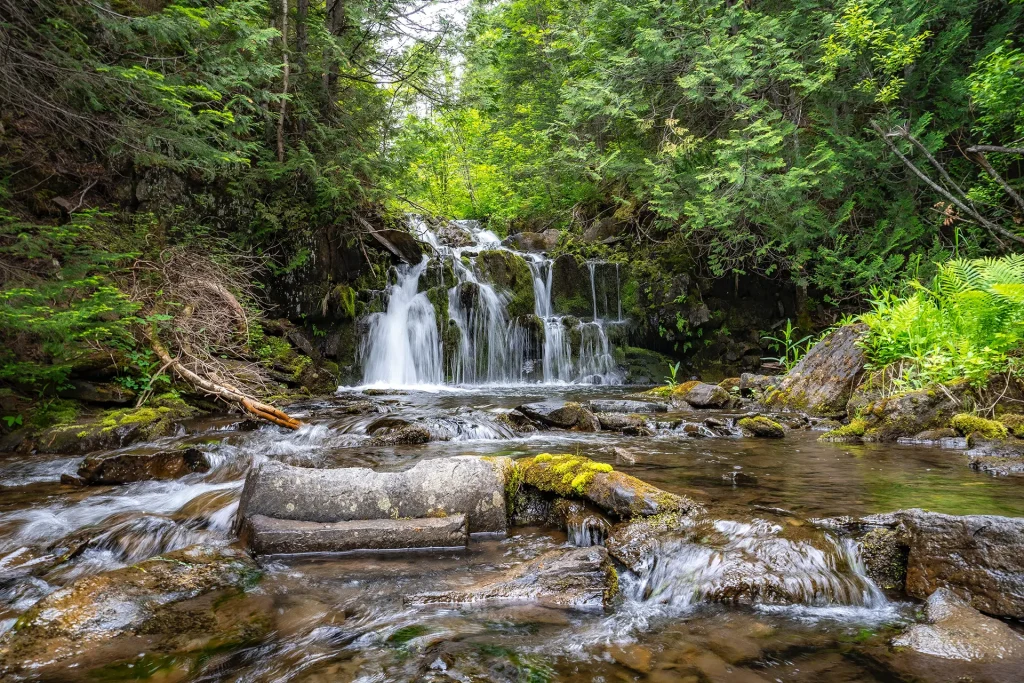
Enipeas Half-day Hiking Tour
- From 100€
- Duration: 5 hours 30 minutes
- 4.6 (16)
History of Ancient Dion
Dion through the Ages
The city of Dion dates back to the Hellenistic period where it functioned as the religious center of Macedonia. The king of all gods, Zeus, was worshipped here. The Olympic games also took place on site, in honor of Zeus and Muses. At first, Dion served as a sanctuary and place of worship but over time it developed into a thriving city.
Alexander the Great would visit Dion often to worship the Olympian God, Zeus, before his big escapades. In the year 169 BC, the Romans took over the city with many Roman settlers relocating to Dion during this period. During this course, the Romans brought over their officialdom, their units of measurements as well as their weight units with them. Many more sanctuaries were also constructed during this period.
By the middle of the 3rd century AD, attacks made by neighboring settlements, in addition to natural disasters such as earthquakes and floods, ultimately led to the decline of the Roman occupation. Later, during the 4th century AD, Dion thrived once again, this time as the official seat of a bishop. The final reference to Dion was in the 10th century, as the city acted as an administrative district for the Byzantine emperor, Constantinos Porphyrogennetos.

Discover Dion
What to See
Visitors of the open-air museum have the chance to walk along the cobblestone pathways and explore the ancient site of Dion, one monument at a time. The site consists of two theaters, a Greek and a Roman one, as well as a Roman bath complex, with an ingenious hypocaust system used to heat the floors. The whole city of Dion had a pioneering water and sewage system that served everyone.
While exploring the grounds of Dion, visitors can take breaks by the natural springs and ponds and observe a variety of rare species of flora and fauna. Continuing the tour of the archaeological park, one can take note of several important sanctuaries including those of Zeus, Demeter, Isis and Asclepius. Other points of interest include the villa of Dionysus, the Roman market, the Praetorium and many more.
The Archaeological Park of Dion Museum
The Archaeological Museum of Dion is found just half a kilometer west of the archaeological park, in the present-day city of Dion. The museum was built in 1983 to house the many ancient finds of Dion and other surrounding archaeological sites. Visitors can observe sculptures from the Hellenistic and Roman periods, a collection of well-preserved items from the early Christian basilicas, and many more artifacts such as coins, tombstones, pottery, stone objects and bronze figurines.

Location and Access
Useful Information
Opening Hours – Archaeological Park
Winter Schedule
November 1st – April 15
Monday to Sunday: 8:00 to 15:00
Summer Schedule
April 16 – October 31st
Monday to Friday: 8:00 to 20:00
Saturday: 8:00 – 19:00
Sunday: 8:00 – 16:00
Opening Hours – Museum
Winter Schedule
November 1st – April 15
Monday to Sunday: 8:00 to 15:00
Summer Schedule
April 16 – October 31st
Monday to Friday: 8:00 to 20:00
Saturday: 8:00 – 19:00
Sunday: 8:00 – 16:00
Tickets
Summer Schedule: Full admission: 8€, Reduced admission: 4€
Winter Schedule: Full admission: 4€, Reduced admission: 2€
Contact Information
Phone number: +30 23510 53206
Email: efapie@culture.gr
Articles
Latest stories from Olympus


